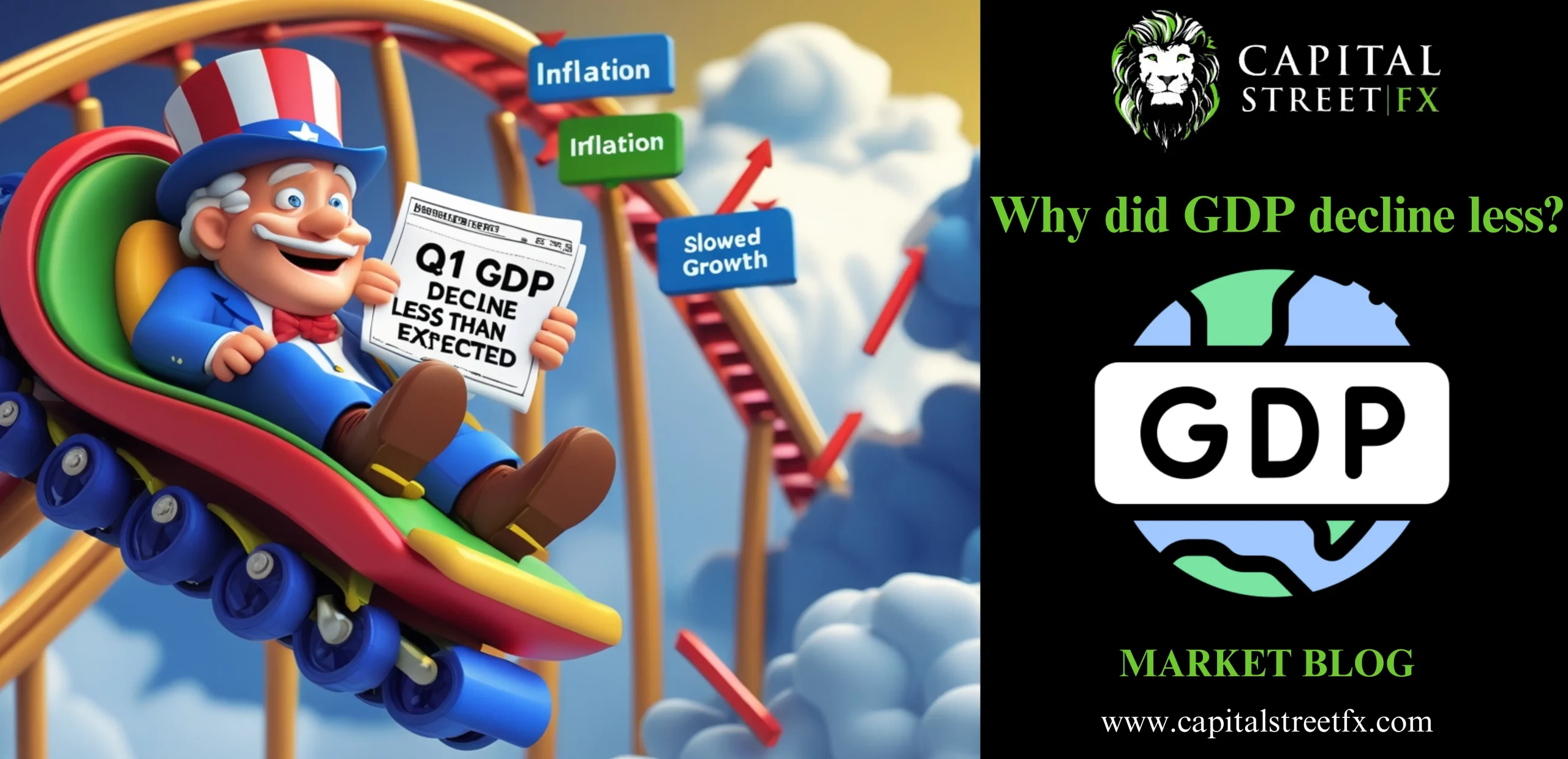U.S. GDP declined less than anticipated in the first quarter
The U.S. economy contracted slightly less than previously estimated in the first quarter, though ongoing uncertainty surrounding trade policy under President Donald Trump’s second term continued to weigh on activity.
According to a revised estimate released Thursday by the Commerce Department’s Bureau of Economic Analysis, U.S. gross domestic product (GDP) shrank by 0.2% between January and March—an improvement from the initial 0.3% decline. This follows a 2.4% expansion in the previous quarter.
The decline in real GDP was mainly driven by a rise in imports, which subtract from GDP, alongside a dip in government spending. These were partially offset by gains in business investment, consumer spending, and exports, the BEA noted.
Analysts at S&P Global Market Intelligence acknowledged that the earlier estimate likely understated growth but emphasized that economic momentum has clearly slowed, even as inflation pressures persist.
“The flash PMI figures offered a slight improvement, but there’s little cause for optimism,” the analysts said. “May’s early PMI data showed modest recoveries in growth and business sentiment from April’s lows, but both indicators remain historically weak, signaling just 1% annualized GDP growth in the second quarter, well below the long-term trend.”

